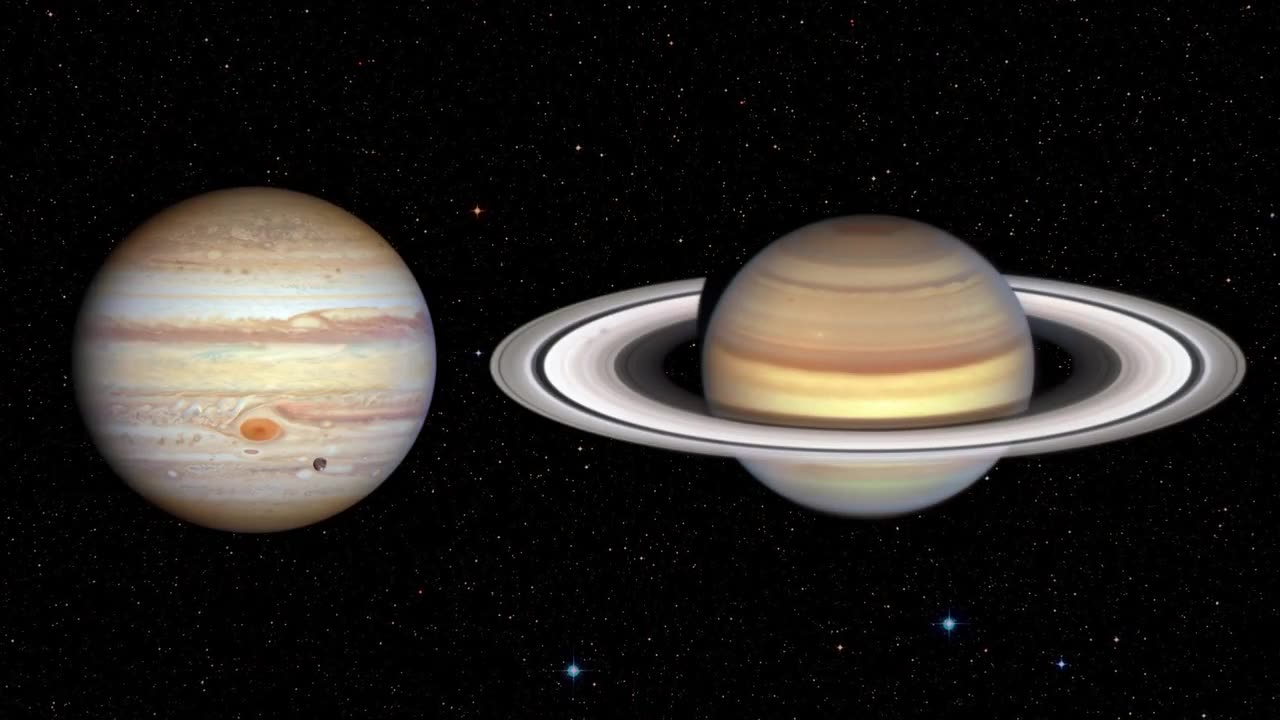Premium Only Content

Sky Watching Tips By Nasa.
Full Moon at the Start of the Month: The month kicks off with a stunning full moon illuminating the night sky. It's a breathtaking sight as the moon's entire face is visible, casting a gentle glow that brightens up the darkness.
Jupiter and Saturn as Early Birds and Night Owls: Jupiter and Saturn will be visible during both early evening and late-night hours. Look towards the eastern horizon in the evening, and you'll catch a glimpse of Jupiter and Saturn rising. As the night progresses, they'll move higher in the sky, offering a captivating view for stargazers.
Venus and Mars Low in the West: Venus and Mars will be seen low on the western horizon. Venus, often referred to as the "Evening Star," shines brilliantly and is easy to spot shortly after sunset. Mars, with its distinct reddish hue, will also be visible nearby, creating a beautiful contrast in the evening twilight.
Saturn Rising High in the Southern Sky: As the night advances, Saturn will make its way higher in the southern part of the sky. Its golden glow adds a touch of majesty to the celestial display. This is a great opportunity for observers to use telescopes and capture Saturn's iconic rings.
Consider using these hashtags to engage your subscribers:
#CelestialSpectacle
#StargazingAdventures
#FullMoonMagic
#PlanetaryParade
#NightSkyWonders
#JupiterSaturnDuo
#NASA
#Skywatching
-
 47:21
47:21
Stephen Gardner
6 hours ago🔥The DEEP STATE is still covering up this HUGE LIE!! Trump MUST release MORE!!
15.6K25 -
 2:36:13
2:36:13
TimcastIRL
5 hours agoTrump Announces 25% Tariff On ALL CARS, Canada Begins MASS LAYOFFS Over Tariffs | Timcast IRL
230K129 -
 DVR
DVR
Alex Zedra
4 hours agoLIVE! New Game | Lost Lullabies
14.3K2 -
 2:44:05
2:44:05
TheSaltyCracker
5 hours agoDeep State Set Up Trump ReeEEStream Stream 03-26-25
110K223 -
 31:34
31:34
Friday Beers
11 hours ago $2.38 earnedWe Drank 12 Beers and Solved the Case of 9 Dead Hikers
22.8K2 -
 18:11
18:11
Nick Shirley
6 hours ago $3.23 earnedAsking The Irish If They Will Vote for Conor McGregor 🇮🇪
29.9K39 -
 LIVE
LIVE
Illyes Jr Gaming
6 hours agoIt's Wednesday! Let's Hit 300 Followers TONIGHT!
240 watching -
 2:40:58
2:40:58
Joker Effect
4 hours agoIs our government safe?***Streamer News***DRAMA***RUMBLE GETTING LEVERAGE***GAMING
38.1K3 -
 14:55
14:55
T-SPLY
8 hours agoDemocrats Accused Of Not Calling Out Joe Bidens Security Disasters
26.9K9 -
 LIVE
LIVE
ZachTheRipper
3 hours agoWe Back With A Passion - 0/20 Subs - Interactive Streamer - #RumbleGaming
166 watching